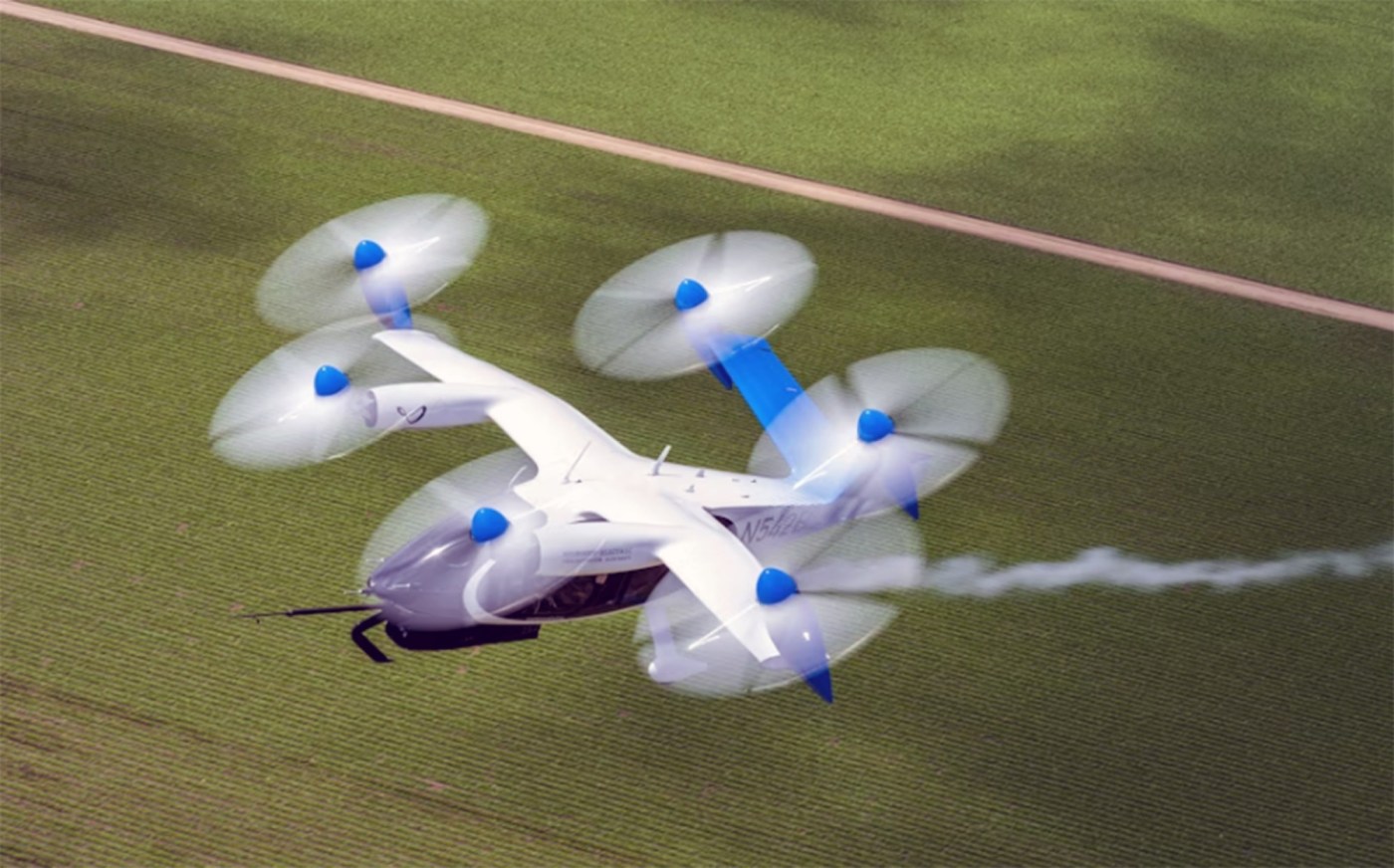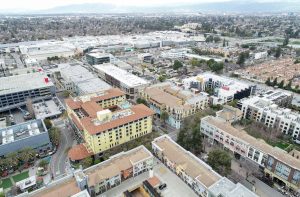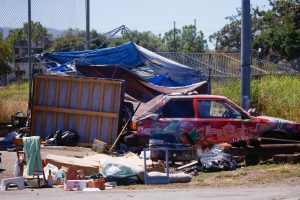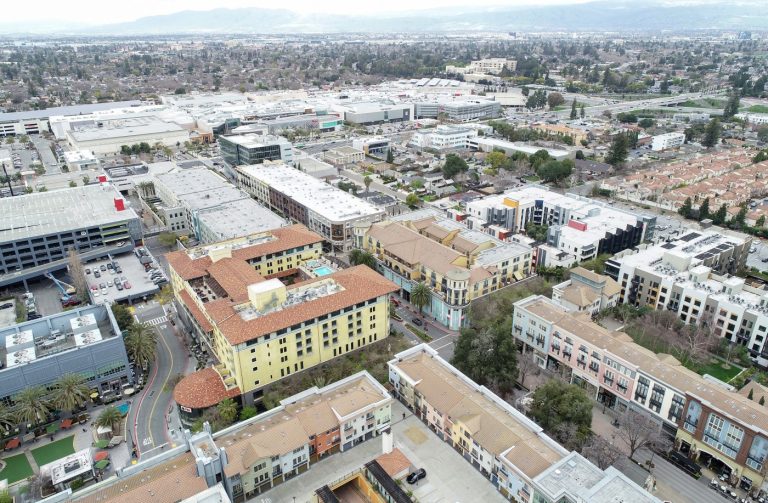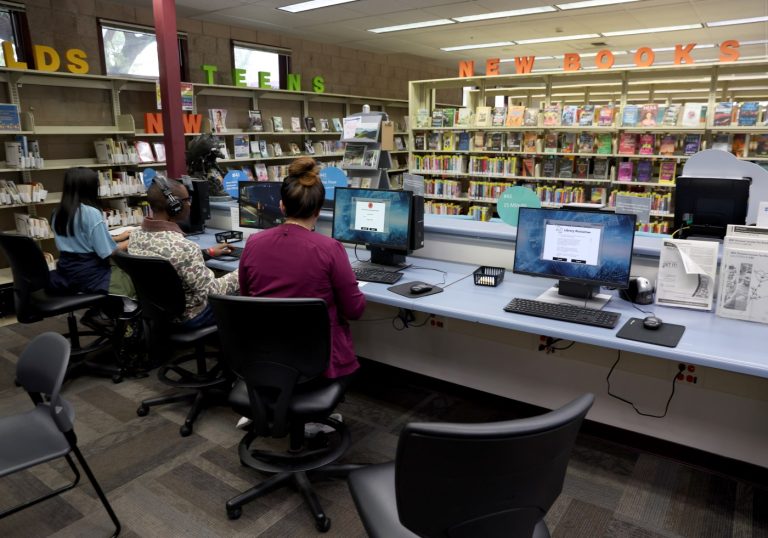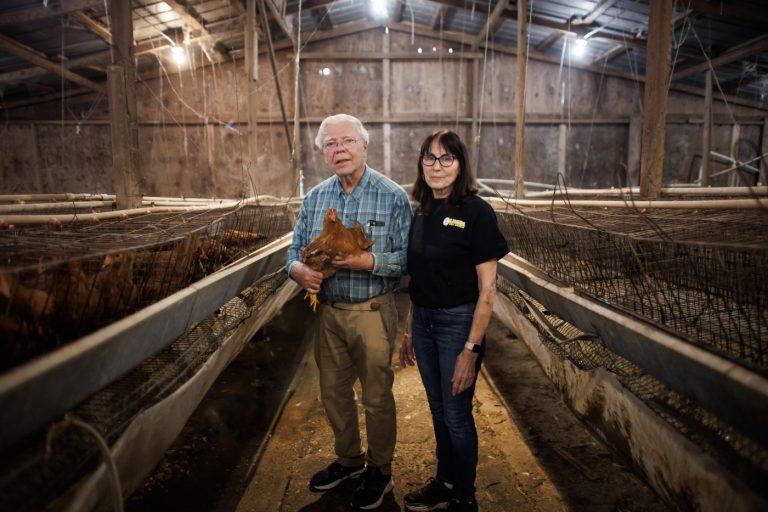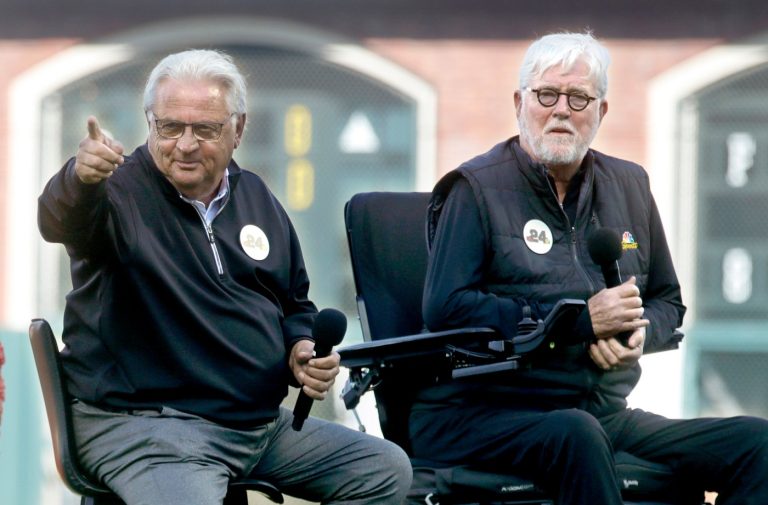MARINA – In June, Joby Aviation successfully completed a 523-mile flight above Marina of its first-of-its-kind hydrogen-electric technology demonstrator aircraft, and in July, California became the first state to officially launch a Hydrogen Hub, with both developments having a stake in furthering the state’s goal of cutting pollution and expanding clean energy.
Related Articles
Delta Air Lines is still melting down. It could last all week
San Jose airport passenger trips struggle, new flights may create lift
Why Delta is still canceling flights as other airlines return to normal
Opinion: FAA and TSA must do more to handle spikes in flyers
Bay Area airports, hospitals, courts hit by global tech outage
Joby’s test flight is believed to be the first forward flight of a vertical take-off and landing aircraft powered by liquid hydrogen using a converted Joby pre-production prototype battery-electric aircraft fitted with a liquid hydrogen fuel tank and fuel cell system. The aircraft landed with 10% of its hydrogen fuel load remaining and had no in-flight emissions except water.
Last week, the Alliance for Renewable Clean Hydrogen Energy Systems – ARCHES – and the United States Department of Energy officially announced the signing of a landmark $12.6 billion agreement, including up to $1.2 billion from the DOE and $11.4 billion in public and private matching funds, to build and expand clean energy infrastructure across California.
“Traveling by air is central to human progress, but we need to find ways to make it cleaner,” said Joby Aviation founder and CEO JoeBen Bevirt in a press release. “With our battery-electric air taxi set to fundamentally change the way we move around cities, we’re excited to now be building a technology stack that could redefine regional travel using hydrogen-electric aircraft.”
The aviation company has designed and produced an electric air taxi that will carry a pilot and four passengers at speeds up to 200 mph offering high-speed mobility with a fraction of the noise produced by helicopters and zero operating emissions.
Joby has been doing business and developing a manufacturing facility in Marina for about the past seven years where it launched production of its aircraft at its Pilot Production Plant with the first aircraft rolling off the line in June 2023. The Marina facility is one of three in California with others at Santa Cruz — where the company is headquartered — and San Carlos. Joby Aviation also has a facility in Munich and chose Dayton, Ohio, last year, as the site for its new manufacturing plant.
“The vast majority of the design, testing and certification work we’ve completed on our battery-electric aircraft carries over to commercializing hydrogen-electric flight,” said Bevirt. “In service, we also expect to be able to use the same landing pads, the same operations team and Joby’s ElevateOS software that will support the commercial operation of our battery-electric aircraft.”
According to the Governor’s Office of Business and Economic Development, California recently led the nation in multiple hydrogen-powered transportation innovations, with the world’s first entirely hydrogen-powered ferry in San Francisco Bay and the successful 523-mile hydrogen-electric flight.
“Joby is a stellar example of why California continues to lead the world in clean technology and high-tech manufacturing,” said Dee Dee Myers, senior advisor to Gov. Gavin Newsom and director of the Governor’s Office of Business and Economic Development, in a press release. “Their pioneering work to decarbonize aviation, by advancing battery and now hydrogen fuel cell technology, is helping to fight climate change and create a clean energy future that will improve the lives of all Californians.”
Joby’s hydrogen-electric demonstrator is part of the Company’s future technology program and is the result of several years of collaboration between a small team at Joby and H2FLY, Joby’s wholly-owned subsidiary based in Stuttgart, Germany. The converted Joby aircraft previously completed more than 25,000 miles of testing as a battery-electric aircraft at Joby’s facility in Marina.
According to the Department of Energy, the California Hydrogen Hub spans across the state and will leverage the state’s leadership in clean energy technology to produce hydrogen exclusively from renewable energy and biomass.
Renewable energy sources include, solar, wind, and ocean, and biomass sources include agriculture residues, animal waste and algae.
At Joby’s Pilot Production Line expansion groundbreaking in April 2024, the second production prototype aircraft to roll off the company’s production line was the backdrop for the ceremony where Joby workers and others were allowed a close-up view of the aircraft. (James Herrera/Monterey Herald)
Last year, California was selected as a national hub. ARCHES is the first of seven Hydrogen Hubs throughout the country to officially sign their agreement with the DOE.
The ARCHES hub will facilitate a network of clean, renewable hydrogen production sites to cut fossil fuel use throughout California, with the ultimate goal of decarbonizing public transportation, heavy duty trucking, and port operations by 2 million metric tons per year – roughly the equivalent to annual emissions of 445,000 gasoline-fueled cars. The California Hydrogen Hub is expected to create an estimated 220,000 new jobs, including 130,000 in construction and 90,000 permanent jobs.
